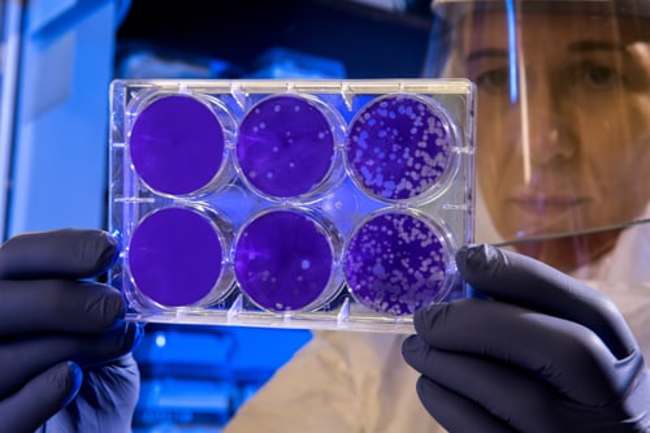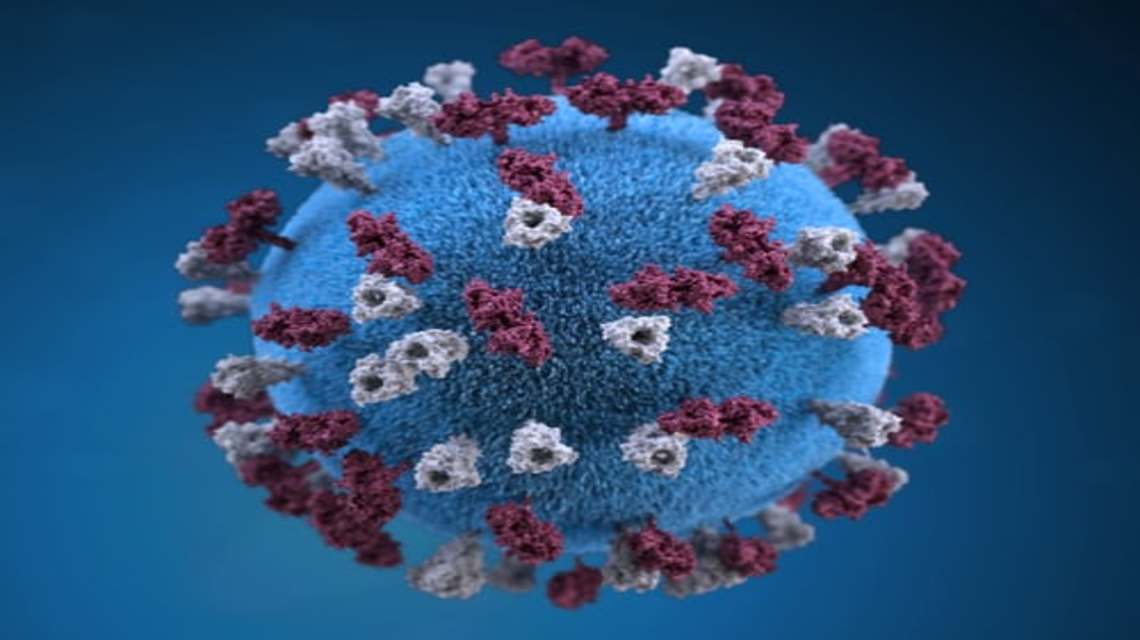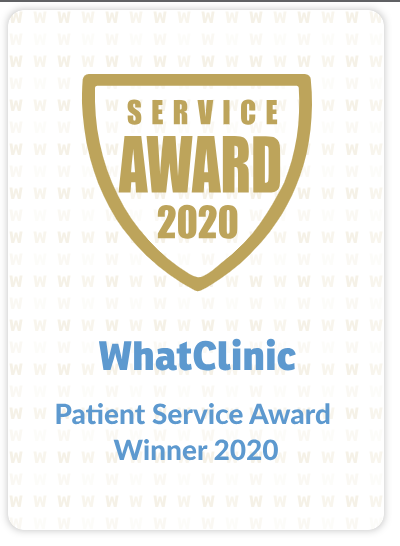The advice is if it is not an emergency dental procedure, the best thing to do is reschedule.
This is not because your dental appointment may result in you contracting coronavirus or any other infection as majority dental clinics maintain the utmost level of sterilization which protect the staff and the patients. But because prevention of the spread of the virus requires social distancing and hence as a thumb rule anything which is not an emergency and requires close contact should be postponed.
Next question would be what classifies as an emergency dental procedure?
In this scenario of the COVID-19 pandemic, we have tried to categorize dental treatments into emergency and non- emergency categories so that it becomes easy for you to decide when you should contact your dentist.
We have included the image below for your reference:
Emergency is also a relative term. What may be an emergency for one patient may not seem to be an emergency for another.
This is where the discretion of your dentist comes in. You can always drop a message to your dentist and check with them the protocols that they are following.
At Dent Ally, we are following and adopting protocols to ensure the safety of patients, staff and community and play our part in preventing the spread of the disease.

We have listed them below for you:
- Detailed Patient Screening at the time of appointment bookings:
Patients are being asked to fill out detailed questionnaires and self-declarations within which they are being asked to disclose their travel history and report any symptoms that they are experiencing. No patient who is reporting any symptoms is being given appointments at least for a time period of 21 days.
- Online and Telephonic Consultations: These are being done free of charge to minimize the number of in-clinic appointments
- No Walk-in Appointments being taken: Only patients who have provided complete disclosures are being given appointments.
- One patient one team approach: Only one patient being given an appointment at a time at the clinic despite having multiple treatment chambers to minimize exposure and contact with different people.
- Patient Sanitization: Sanitization of patients at the time of entry into the clinic
- No Attendants and No Waiting Policy.No waiting in waiting areas. Except in cases of children and senior citizens, attendants being discouraged in sit in waiting areas
- Detailed patient screening at the time of appointment:
- Check-up for patient symptoms
- Body temperature screening to assess any rise in body temperature
- Usage of Rubber Dams: Majority treatments which result in aerosol production are being done with the usage of rubber dams
- Complete sterilization & disinfection of the entire clinic after every patient appointment
- Change of Sterilized drapes by all doctors and assisting staff: This is being done after attending every patient.






 WhatsApp - Click to Chat
WhatsApp - Click to Chat